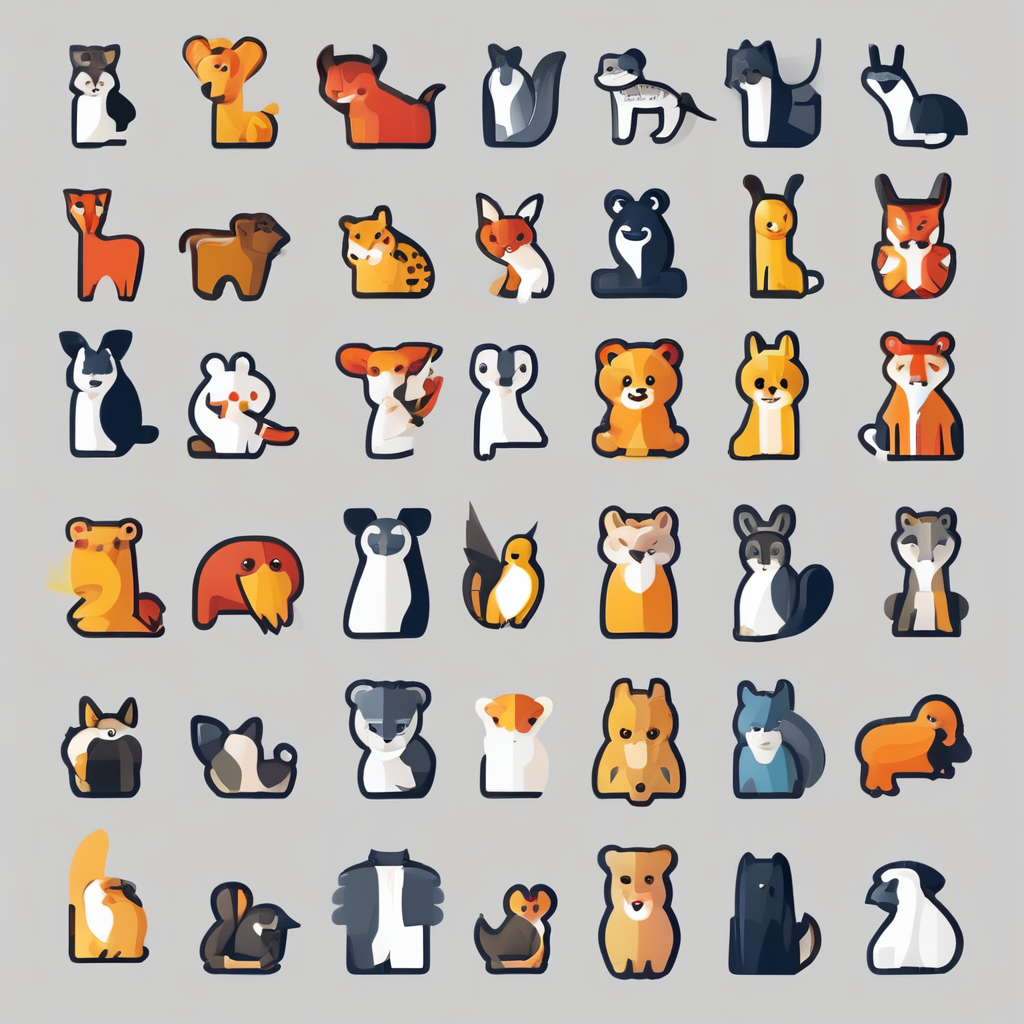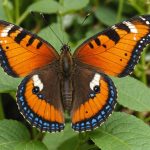Importance of Dormouse Conservation
The dormouse is a small rodent making a significant impact on the UK ecosystem. Even though this creature may go unnoticed, it plays a pivotal role in the balance of UK wildlife. Dormice are considered an endangered species, and their decline is a concern for conservation efforts.
Dormice thrive in woodland environments, making them susceptible to habitat loss, an issue driving their numbers down. Habitat fragmentation prevents dormice from moving freely, seeking food, and mating, which has severe effects on their conservation status. Woodlands and hedgerows are essential for their survival, but with human expansion, these have been largely depleted.
Also to read : Exploring the effects of climate change on coastal bird populations in the uk: a deep dive into the consequences
In the UK’s ecosystem, dormice contribute to biodiversity by aiding in seed dispersal and pollination. Their presence indicates a healthy habitat, and their absence can signal environmental problems. The loss of these tiny animals would ripple through the food chain, affecting other species and the overall ecological balance.
Efforts for dormouse conservation are crucial, not just to preserve another species, but also to maintain the resilience and richness of UK wildlife. Understanding and addressing the factors leading to their endangered status can help reinforce the diversity of British ecosystems.
Also to see : Discovering the integration of wildlife conservation in educational programs at uk universities and schools
Understanding Dormouse Habitat Needs
Dormice are fascinating creatures that thrive in diverse natural environments. Preferring deciduous woodlands, hedgerows, and dense shrubbery, dormice have specific habitat requirements that ensure their survival and well-being.
To cultivate an environment that is suitable for these small mammals, several key factors must be considered. For instance, dormice require a habitat with a rich variety of vegetation. This not only provides shelter but also an ample supply of food sources such as fruits, nuts, and insects. Furthermore, a suitable habitat must mimic the complexity of these natural settings to support dormice throughout the year, especially during hibernation.
Beyond vegetative needs, the importance of connectivity cannot be overstated. Dormice thrive best when their habitats are linked with other green spaces. This connectivity allows for greater mobility and genetic diversity, improving the overall resilience of dormouse populations. Urban gardens can contribute by ensuring neighboring green areas are accessible, actively creating corridors for these animals.
In conclusion, understanding and accommodating dormouse habitat requirements are essential in promoting their conservation and fostering biodiversity within garden environments. By focusing on creating interconnected, diverse natural spaces, one aids in supporting a robust dormouse population.
Choosing the Right Plants
Enhancing your garden for dormice involves selecting suitable plants that align with their dietary and sheltering needs. Emphasising native flora is essential as these species are naturally integrated into the local ecosystem, offering more accessible food sources and habitats for dormice.
Start with a well-thought list of native plants known to attract and sustain dormice. For instance, hazel, honeysuckle, and bramble are excellent choices. These plants provide food through nuts and berries and serve as structural components for nesting and shelter. When planning your garden, consider layering these plants. By doing so, you can create an environment that closely replicates a dormouse’s natural habitat.
Creating shelter and nesting sites isn’t just about adding shrubs. Strategic planting, allowing plants to intertwine, can produce thick undergrowth, which serves as a safe haven for dormice. This method not only supports them but also enhances your garden’s resilience.
Increasing garden biodiversity by introducing diverse native plants benefits all garden residents. A biodiverse garden is healthier, more vibrant, and resilient against pests and diseases. Thus, selecting and planting a variety of native flora can foster a sustainable ecosystem where dormice and other wildlife thrive.
Designing Garden Structures
Creating thoughtfully designed garden structures can play a pivotal role in supporting local wildlife and encouraging biodiversity. Integrating hedgerows and bramble patches into your garden provides excellent shelter design for small mammals, including the elusive dormouse. Hedgerows, composed of native shrubs and small trees, act as wildlife corridors, allowing creatures such as dormice to safely travel and forage.
Incorporating logs and deadwood is another essential aspect of designing for wildlife. Deadwood offers a natural habitat for numerous species, serving as a dormouse habitat by providing nesting sites and protection against predators. It also supports an array of other organisms, from fungi to insects, enriching your garden’s ecosystem.
Artificial nesting boxes specifically designed for dormice can further enhance your garden’s appeal to these tiny creatures. Consider the size, entrance hole, and placement height when constructing these boxes to mimic their natural habitat. Ensuring secure fixing to trees or poles is crucial to prevent movement, which could disturb delicate dormouse habitats.
By thoughtfully implementing these structural elements, your garden can offer a sanctuary for dormice and a variety of other wildlife species, turning it into a bustling hub of natural activity.
Legal Considerations for Homeowners
Navigating UK wildlife law can be challenging, especially when focusing on species like the dormouse. Under the UK legislation, dormice are protected, primarily due to their declining numbers. The Wildlife and Countryside Act 1981 serves as a cornerstone, prohibiting harm, capture, or disturbance to these creatures within their natural habitats.
Homeowners bear certain legal responsibilities when it comes to wildlife conservation. If dormice are present on your property, it’s crucial to respect their habitat. Altering structures or removing hedgerows could result in legal action. Therefore, understanding conservation regulations is vital to avoid unintentional violations.
Guidance on wildlife gardening can be invaluable. Organisations like Natural England provide resources to help homeowners enhance their gardens while adhering to legislation. Practical advice includes selecting native plants and creating environments conducive to dormouse protection, aligning personal gardening practices with national conservation efforts.
By integrating these practices, homeowners not only protect dormouse populations but also contribute positively to the broader biodiversity. Thus, being informed and proactive in legal considerations can foster a harmonious balance between personal property management and the preservation of cherished wildlife.
Monitoring Dormice in Your Garden
Observing dormice can be a rewarding activity, blending leisure with essential wildlife monitoring. To enable effective tracking of dormice, various methods are employed: installing motion-sensitive cameras and traps are common practices. Use these tools at entrances to known habitats to document dormouse activity without disturbing their natural behaviour. Motion-sensitive devices capture images when dormice are most active, during dusk and dawn, offering valuable data for monitoring their habits and population trends.
Citizen science plays a crucial role in the conservation of dormice. As amateurs, individuals contribute crucial observational data which can be used by scientists to track population trends. This partnership enriches databases with real-world data, helping in the development of conservation practices tailored to the needs of dormice and ensuring genetic diversity.
Various tools aid in effective monitoring. Besides cameras, users can employ tracking tunnels filled with non-toxic ink. Dormice leave ink prints as they pass, providing insight into population density. Participation in such conservation efforts not only enriches our understanding of local ecosystems but also empowers individuals to actively contribute to wildlife conservation. By embracing technology and community science, we are better equipped to preserve these unique creatures.
Collaborating with Local Conservation Groups
Engaging in community conservation efforts provides numerous advantages for both the environment and individuals involved. Partnering with local wildlife groups can amplify the impact of conservation projects through combined resources and expertise. These collaborations facilitate skills exchange and create a robust support network for challenges faced in environmental preservation.
To discover collaboration opportunities, begin by researching established local wildlife groups. Many organizations host community events, workshops, or online forums, where interested parties can learn more and join their initiatives. Engaging in these activities not only aids environmental efforts but also strengthens ties within the community.
Joining conservation initiatives is a chance to participate in meaningful environmental protection activities. Whether you’re educating children about endangered species, participating in cleanup drives, or restoring native habitats, these actions contribute to a healthier planet.
Sharing both triumphs and obstacles with fellow community members fosters a collective spirit and encourages persistence even when faced with difficulties. By engaging in open dialogue, everyone involved can learn from each other’s experiences and adapt strategies for future success. Such collaboration boosts morale and promotes continued dedication to preserving the natural world.
Additional Resources and Support
For those interested in diving deeper into wildlife gardening and dormouse conservation, a wealth of resources is available. Whether you’re a beginner or an experienced nature enthusiast, these tools can guide your efforts in creating a supportive environment for wildlife.
Several organizations offer extensive information and support networks. The Wildlife Trusts, for example, provide insights into local projects, while the PTES Dormice Project focuses on dormouse conservation. These platforms often share guides and updates relevant to wildlife gardening.
Exploring recommended reading can significantly boost your knowledge. Books like “Gardening for Wildlife” offer practical tips for creating habitats in your own backyard. Furthermore, joining local community groups or online forums can connect you with like-minded individuals eager to share advice and experiences.
To actively engage in dormouse conservation in the UK, consider volunteering with established conservation programs. Participation often includes activities such as habitat monitoring and restoration projects. This hands-on approach not only aids the dormouse population but also enriches your understanding and appreciation of local wildlife.
By utilizing these resources, you can make informed decisions and contribute to a flourishing ecosystem right from your home.








